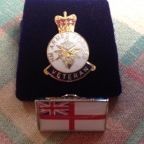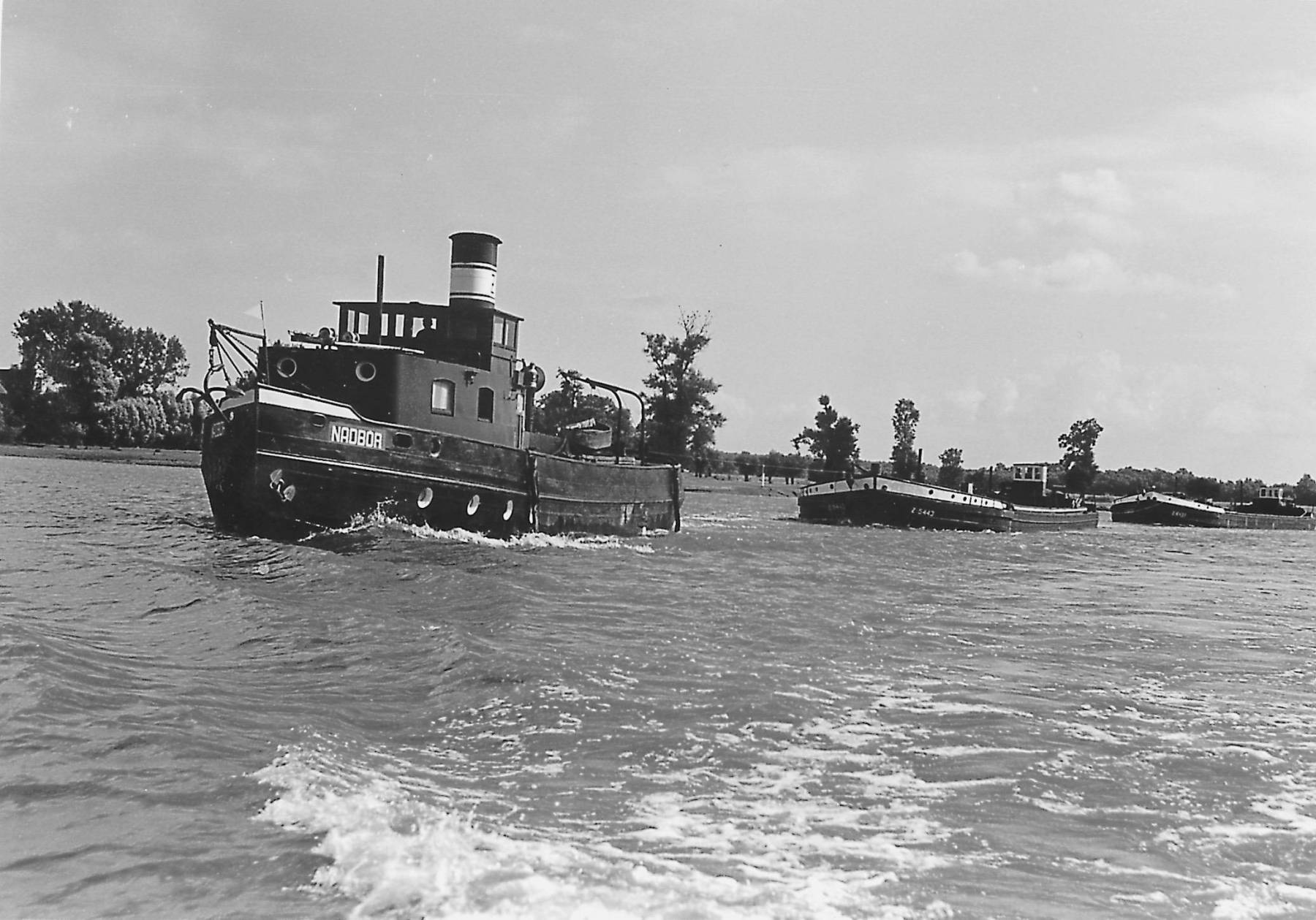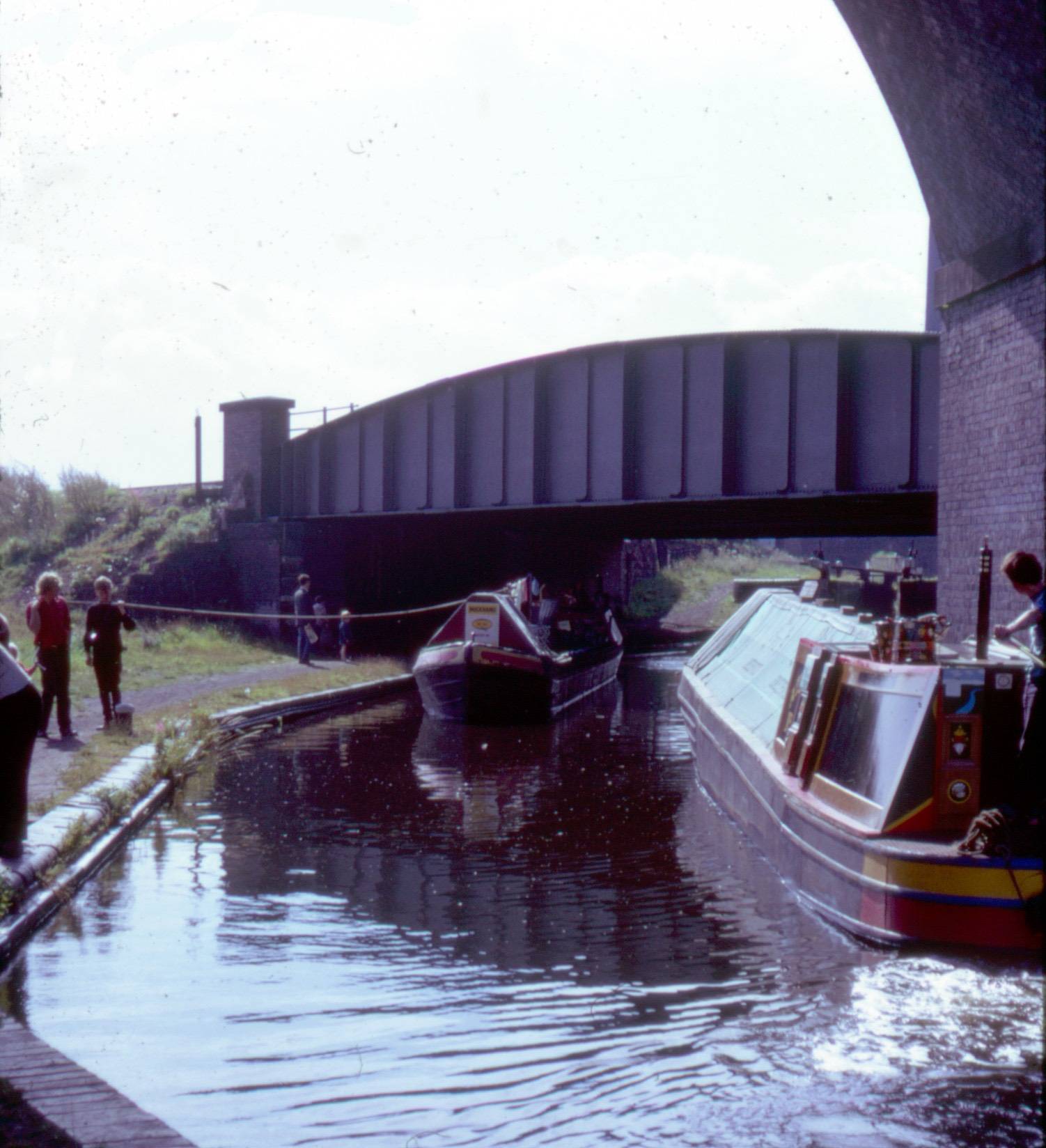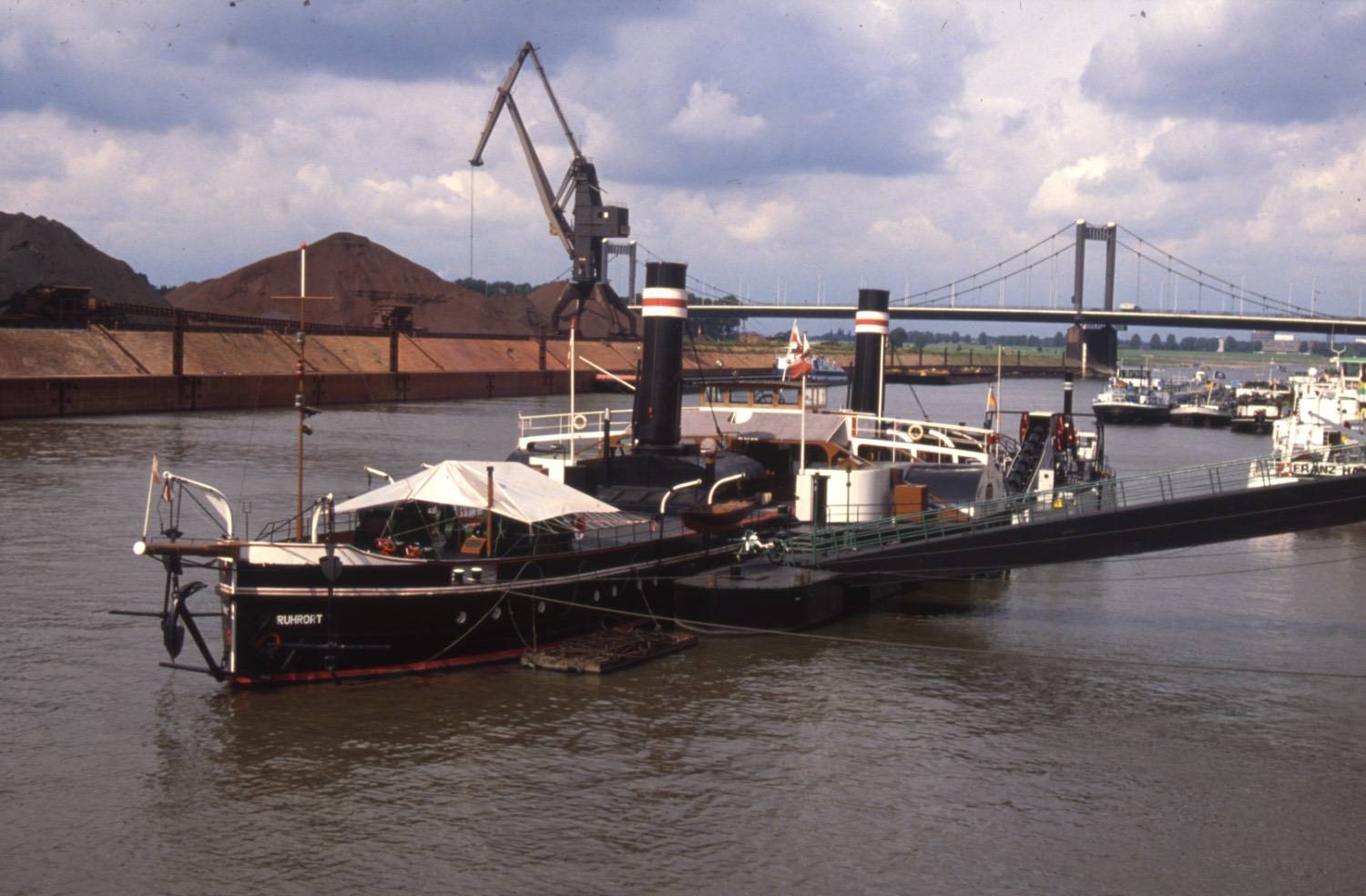-
Posts
4,243 -
Joined
-
Last visited
-
Days Won
2
Pluto last won the day on March 4
Pluto had the most liked content!
Contact Methods
-
Website URL
http://www.mikeclarke.myzen.co.uk/home.htm
Profile Information
-
Gender
Male
-
Location
Barlic
-
Interests
European inland waterway history, including the transfer of technology during the early industrial revolution; wooden boat construction on inland waterways; the history of opening bridges; and the L&LC.
-
Occupation
industrial historian
-
Boat Name
Pluto
Recent Profile Visitors
Pluto's Achievements
-
Sloping paddles are illustrated in Maillard's book on canal building. His designs were based on visiting English canals in 1795. Sloping the paddles could ensure that the seal will be better over time as the paddle will not leave the wooden runners and so less likely for rubbish to interfere with the seal.
-
- 1 reply
-
- 1
-

-

boathorse feed bucket - any ideas about this one?
Pluto replied to davidwheeler's topic in History & Heritage
I did come across this gentleman using a horse for removing timber from a forest in Slovakia. On nose-tins, a L&LC boatman told me they used them at locks as eating gave the horse something to do while the boat was in the lock. -

Does anyone have an interest in Czech steam tugs?
Pluto replied to davidwheeler's topic in History & Heritage
Returning to stern wheelers, they were used on the Oder, the pre-war ones being German-built. After the war, the Dutch built small and large tugs to help Poland recover. The small one pictured here is now preserved at Wroclaw. The photos were taken by the controller of the river traffic post-war, and he had a good eye for a picture, with a number of the families on the towed barges. -
-

Does anyone have an interest in Czech steam tugs?
Pluto replied to davidwheeler's topic in History & Heritage
Lauserne was to be one terminus of Canal d'Entrerouches, the other being at Yverdon. The construction of the canal began in 1638, and by 1648 it had reached Cossonay, where a basin was built with the wharf house seen below, with the canal route identified by the road. The canal did operate fairly successfully by carrying wine and salt, though never in large quantities, and it was abandoned in 1829. -
-

Does anyone have an interest in Czech steam tugs?
Pluto replied to davidwheeler's topic in History & Heritage
Back in 1964, before being interested in canals, I volunteered on the Welshpool & Llanfair Rly, and we were invited to the re-naming of two locos on the Zillertal Rly. On the way, we visited the Chiemsee, where the way from the railways station to the quay was by a narrow-gauge railway. Here are photos of the railway, and the paddle-steamer Ludwig Fessel. I revisited in 2019, and the Ludwig Fessler was still in operation, as was the railway. -

Does anyone have an interest in Czech steam tugs?
Pluto replied to davidwheeler's topic in History & Heritage
They were in operation on Czech waterways until about twenty-five years ago. One is preserved in the Berlin Harbour Museum, but it proved a little difficult to photograph, so this is the stern in 1996. You can just make out that there is a port and starboard wheel cover, so steering could have been by varying wheel rotation or speed. There is a rudder as well. The second photo shows one working on the Elbe at Dresden, photo from https://www.der-lustige-modellbauer.com/t29821-heckrad-dampfer-friedrich-der-bn-alles-unbekannt -
An interesting article on the BP tanker barges operating on the Danube: https://en.wikipedia.org/wiki/British_Tanker_Company
-

Does anyone have an interest in Czech steam tugs?
Pluto replied to davidwheeler's topic in History & Heritage
From the passenger steamers, Goethe still survived in service until recently. There are at least two steam paddle tugs, The Oskar Huber at Ruhrort, and the Danube tug Ruthof/Érsekcsanád at Regensburg. I did see the sailing barge natch on the Muggelss, near Berlin, in 1997, but this seems no longer to take place. -

Does anyone have an interest in Czech steam tugs?
Pluto replied to davidwheeler's topic in History & Heritage
You have to get use to the larger barges in Easter Europe, which usually had a covered steering location, which looked a little like a motor boat. They are quite difficult to photograph from the bank or boat. The first picture is of a tow of four barges passing Budapest, the second of a single tug and barge in the comparatively new lock at Gabcikovo. I suspect you could almost get a narrowboat in sideways. -

Does anyone have an interest in Czech steam tugs?
Pluto replied to davidwheeler's topic in History & Heritage
Can't add much, but I think the area around Usti nad Labe has coal mines. I did visit a power station on the Labe north of Prague in 1995 which had coal delivered by push-tow units. There is a museum, https://www.idecin.cz/en/decin-museum, which has displaysn on the Labe shipping. When I visited the area in 1996, there was a variety of push-tow and motorised boats. The photo shows the border at Hrendsko, where boats stop to get customs inspections. I was fortunate to see the last towed boats on the Danube in 1995, which were Ukranian, IIRC. -
I'm knackered, so haven't run anywhere for years!
-
You need to move back to the north. We booked two to night offers at the railway hotel in Inverness, travelled up by train via the Settle & Carlisle, then visited Wick and Kyle by train, trips I would recommend, and had one day in Inverness - the archive has all the Caledonian Canal papers and drawings. The return train, circa 10am from Inverness, gets very busy.



























